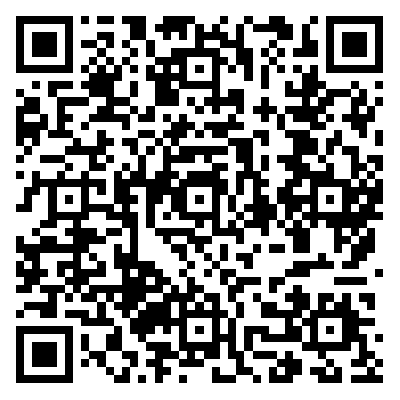Deep Groove Ball Bearings
Deep Groove Ball Bearings
Structurally, each ring of deep groove ball bearings has a continuous groove-type raceway, and its cross-section is about one-third of the circumference of the ball. Deep groove ball bearings are mainly used to bear radial loads, but can also bear certain axial loads. When the radial clearance of the bearing is increased, it has the characteristics of an angular contact ball bearing and can withstand alternating axial loads in two directions. Compared with other types of bearings of the same size, deep groove ball bearings have a small friction coefficient, high limit speed and high precision, and are the preferred bearing type when users choose models.
Deep Groove Ball Bearings
Structurally, each ring of deep groove ball bearings has a continuous groove-type raceway, and its cross-section is about one-third of the circumference of the ball. Deep groove ball bearings are mainly used to bear radial loads, but can also bear certain axial loads. When the radial clearance of the bearing is increased, it has the characteristics of an angular contact ball bearing and can withstand alternating axial loads in two directions. Compared with other types of bearings of the same size, deep groove ball bearings have a small friction coefficient, high limit speed and high precision, and are the preferred bearing type when users choose models.
Deep Groove Ball Bearings
Structurally, each ring of deep groove ball bearings has a continuous groove-type raceway, and its cross-section is about one-third of the circumference of the ball. Deep groove ball bearings are mainly used to bear radial loads, but can also bear certain axial loads. When the radial clearance of the bearing is increased, it has the characteristics of an angular contact ball bearing and can withstand alternating axial loads in two directions. Compared with other types of bearings of the same size, deep groove ball bearings have a small friction coefficient, high limit speed and high precision, and are the preferred bearing type when users choose models.
Deep Groove Ball Bearings
Structurally, each ring of deep groove ball bearings has a continuous groove-type raceway, and its cross-section is about one-third of the circumference of the ball. Deep groove ball bearings are mainly used to bear radial loads, but can also bear certain axial loads. When the radial clearance of the bearing is increased, it has the characteristics of an angular contact ball bearing and can withstand alternating axial loads in two directions. Compared with other types of bearings of the same size, deep groove ball bearings have a small friction coefficient, high limit speed and high precision, and are the preferred bearing type when users choose models.


